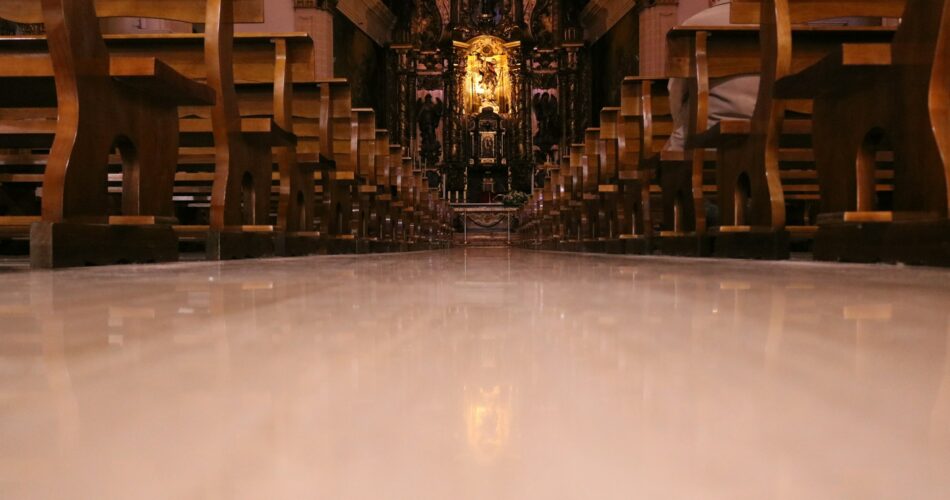Something isn’t adding up.
In the latest publications by the Vatican, namely the 2024 Pontifical Yearbook and the 2022 Statistical Yearbook of the Church, notable shifts in Catholic demographics have been illuminated. These publications, meticulously compiled by the Vatican Secretariat of State’s Central Statistical Office, serve as a comprehensive resource for understanding the evolving landscape of the Catholic Church globally.
One significant trend highlighted in these reports is the marginal increase in the global Catholic population from 2021 to 2022. The number of baptized Catholics worldwide rose from 1.376 billion to 1.39 billion during this period, reflecting a modest growth rate of 1.0%. Notably, this increase was most pronounced in Africa (3%), followed by the Americas (0.9%) and Asia (0.6%), while Europe and Oceania remained relatively stable in their Catholic populations.
However, juxtaposed against this modest growth is the persistent decline in the number of priests globally. Despite the slight uptick in the Catholic populace, the count of priests saw a marginal decrease from 407,872 in 2021 to 407,730 in 2022. This decline was particularly evident in Europe (-1.7%) and Oceania (-1.5%), with the Americas showing minimal change and Africa and Asia experiencing slight increases.
Interestingly, while the number of priests dwindled, there was a notable rise in permanent deacons globally. These individuals, though unable to preside over mass, play vital administrative and homiletic roles within the Church. The worldwide count of permanent deacons increased by 2% from 49,176 in 2021 to 50,150 in 2022, with varying growth rates across different regions.
Moreover, the reports shed light on the fluctuations in non-priest professed religious men and women within the Catholic Church. While the number of professed religious men saw a slight decrease globally, with notable declines in Europe, Africa, and Oceania, the number of religious women experienced a more pronounced drop across several continents, including South and Central America, North America, Europe, and Oceania.
Looking ahead, the reports also indicate a decline in the number of seminarians training for priesthood, signaling potential challenges in replenishing the ranks of clergy in the coming years. Despite increases in Africa and Oceania, other regions witnessed declines in vocations, posing questions about the future trajectory of priesthood globally.
In essence, these publications serve as a comprehensive snapshot of the evolving demographics within the Catholic Church, highlighting both areas of growth and areas of concern for Church leaders and practitioners worldwide.
